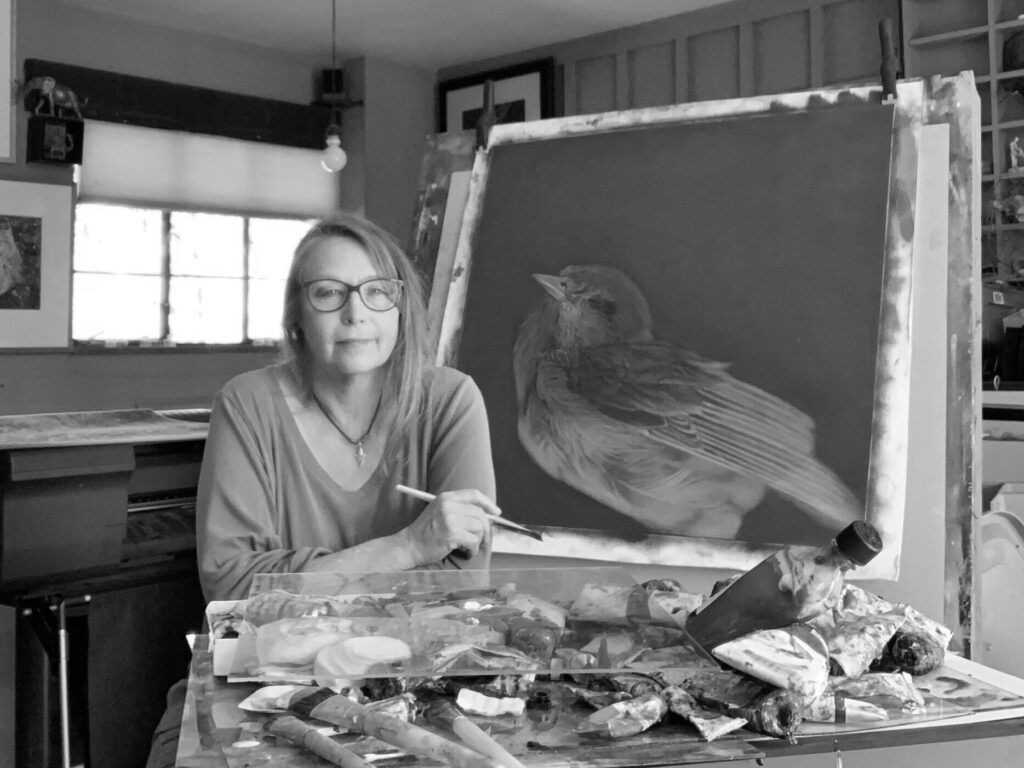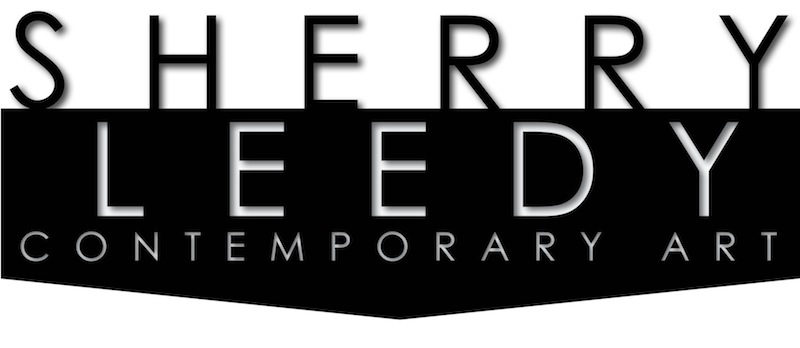Kate Breakey
MORE DETAILS
Kate Breakey
OROTONES: Golden Stardust
One of Kate Breakey’s signature processes is the orotone—a historic photographic technique that she has reimagined using contemporary materials. Originally popularized in the early 20th century by Edward S. Curtis, orotones are known for their warm, luminous glow, created by printing photographic images onto glass and backing them with gold. Breakey updates this tradition by printing her images onto museum glass using a specialized flatbed printer, then meticulously applying 24k gold leaf by hand to the reverse. The result is a richly tonal, radiant image with a depth and inner light reminiscent of Dutch and Flemish still life painting. Her subjects, often drawn from the natural world, are presented with the quiet reverence of specimens, evoking early photographic explorations of science and beauty alike.
Each orotone is part of a limited edition, but because the gold leaf is hand-applied and the framing is custom (often using unique or vintage moldings), no two are exactly alike. This combination of precision and variation makes each work feel both timeless and singular. The golden surfaces are difficult to capture in reproduction; their subtle luminosity and depth come alive in changing light, making them best experienced in person.
“Most photographers have seen Orotones – first made in the early 20th century by, amongst others, Arthur Pillsbury and Edward Curtis. Curtis developed this technique because he wanted his photographs to have more depth and they certainly do, they glow. I was struck by the beauty, brightness and the depth created by the light bouncing off the gold. So a few years ago I decided to do a modern version of the Orotone. I had an image printed digitally on UV ‘Art glass’ and I applied gold-leaf to the back of it. I’ve since make over 200 pieces.
The Element Gold (Au) can only be made in the nuclear reactor of stars.
It came to our planet when the Earth was first forming, as dust from catastrophic astronomical events – stars imploding and ejecting energy, as light and matter. The events that produce most of the gold in the universe are called
“Gamma Ray Bursts.” This occurs when a double star consisting of two neutron stars collapses under the force of gravity. Neutron stars are the cores of dead stars. They are only a few miles in diameter; so dense that every last bit of matter has been compressed down to the density of the atomic nucleus. The two dead, dark stars spin around each other for millions of years at millions of miles per hour, constantly pulling each other closer, until finally, they touch. At that moment, more energy is released than the rest of the universe combined.
Much of their mass collapses into a black hole and leaves our universe forever, but the rest is released in an enormous explosion of gamma rays and newly-formed elements. Some of that star-dust flung into space, is gold. The gold in the Earth’s crust was carried here on asteroids that hit the earth, during the
‘Late Heavy Bombardment’ 3.8 billion years ago when the Earth gained most of its mass. The Ancient Egyptians believed that gold was the flesh of their Sun god ‘Ra’.”
– Kate Breakey
•••••••••
Kate Breakey is internationally known for her large-scale, richly hand-colored photographs including her acclaimed series of luminous portraits of birds, flowers and animals in a series called Small Deaths published in 2001 by University of Texas Press. Her other monographs include, Painted Light, University of Texas in 2010, a career retrospective that encompasses a quarter century of prolific image making.
Her collection of photograms, entitled ‘Las Sombras / The shadows’ was published by University of Texas Press in October 2012. This series is a continuation of her lifetime investigation of the natural world which in her own words is ‘brimming with fantastic mysterious beautiful things.
Since 1980 her work has appeared in more than 110 one-person exhibitions and in over 60 group exhibitions . A native of South Australia, Kate moved to Austin, Texas in 1988. She completed a Master of Fine Art degree at the University of Texas in 1991 where she also taught photography in the Department of Art and Art History until 1997. Her collections include the Houston Museum of Fine Arts, the Center for Creative Photography, Tucson, The Australian National Gallery and the San Diego Museum of Photographic Arts, as well as various private collections.
She has resided in the Tucson, Arizona for 20 years. She regularly teaches workshops nationally and internationally.

